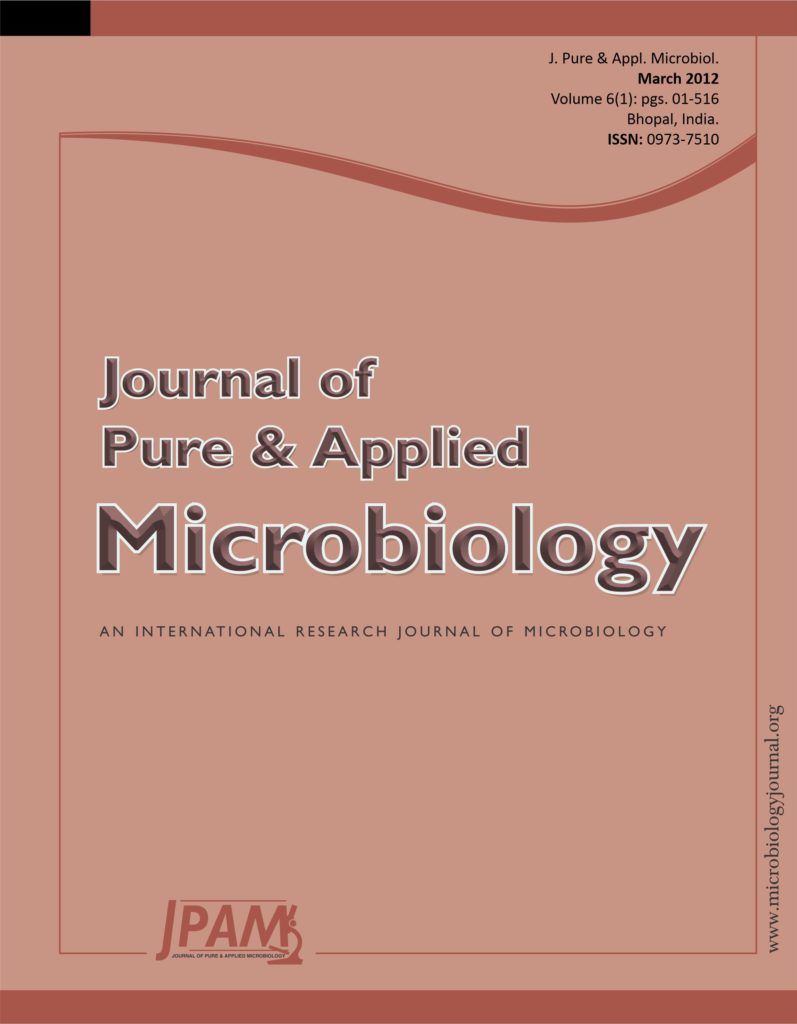In search of bioactive compounds, 3 fungal isolates associated with soft corals were isolated from Andaman and Nicobar marine water. The pure cultures were obtained after a series of sub culturing done and were maintained on slants of 3 different media, Potato Dextrose Agar (PDA), Sabouraud’s Dextrose Agar (SDA) and Czapek’s Solution Agar (CZSA) for the further experiments. The spores were subjected to Lacto Phenol Cotton Blue staining procedure for the morphological characterization. The 3 isolates FS1, FS2, FS3 were assayed for anti-microbial activity against 5 pathogenic bacteria and 5 clinical fungal strains of which 2 are dermatophytes. It was observed that they potently inhibited Streptococcus and E.coli among bacteria and Candida and one of the dermatophytes. The isolates were further screened for their Protease activity which exhibited positive result. The secondary metabolites produced by fungi will have similar characteristics as those of soft corals in which they live in symbiotic association. So fungi associated with the soft corals are studied for their bio-active compounds as it is easy to culture.
Anti-microbial assay, Bio-active compounds, Lacto Phenol Cotton Blue Stain, Protease activity, Soft corals
© The Author(s) 2012. Open Access. This article is distributed under the terms of the Creative Commons Attribution 4.0 International License which permits unrestricted use, sharing, distribution, and reproduction in any medium, provided you give appropriate credit to the original author(s) and the source, provide a link to the Creative Commons license, and indicate if changes were made.


